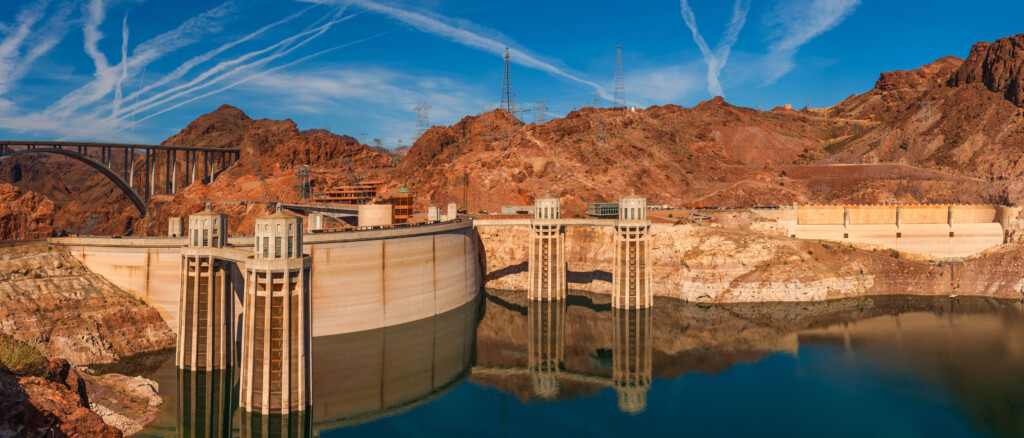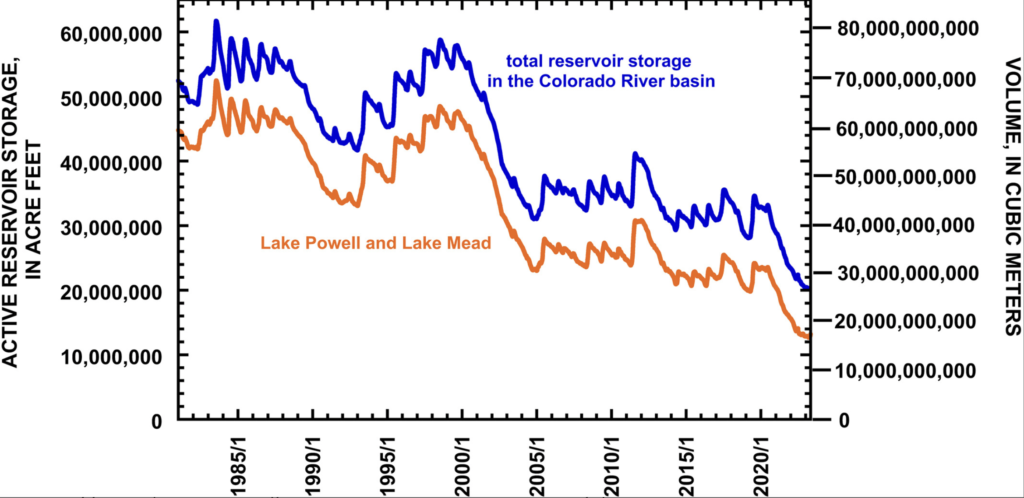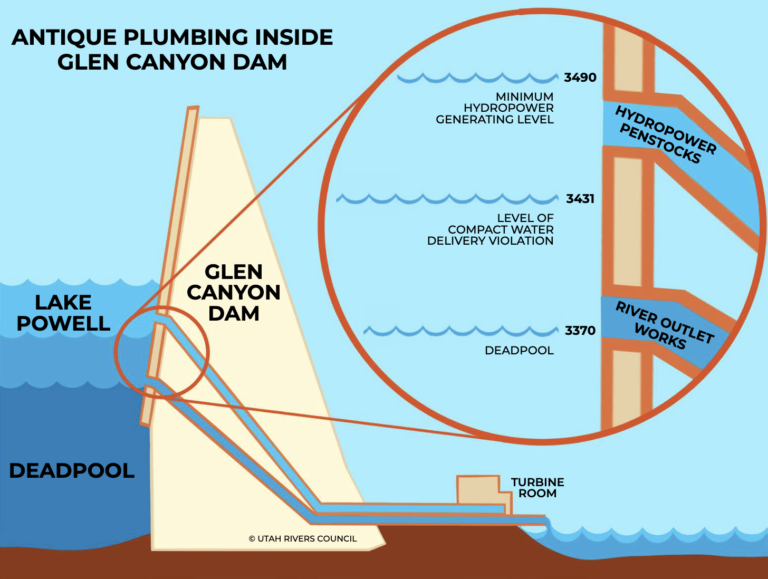Protecting Water for 25 Million People

The Great Basin Water Network is inherently tied to the Colorado River. The genesis of our organization stems from a fight to stop Las Vegas from augmenting its Colorado River water supply with imported water from the Great Basin.
After a 30-year fight with more than 15 years of litigation, our coalition stopped a 300-mile pipeline that would have carried 56 billion gallons of groundwater annually to Lake Mead.
We intend on preserving our victory.
The Colorado River has lost 20 percent of its flows since 2000. The nation’s leading scientists expect the existing losses to double by the end of the century.
We worry about what the future holds — especially as the Southern Nevada Water Authority maintains an alfalfa and livestock operation in Nevada’s Spring Valley with billions of gallons of water rights. However, we work with water officials and other stakeholders to champion local conservation efforts that will help limit the desire to import water.
Lower Basin states like Nevada are pioneering conservation efforts while Upper Basin States — Colorado, New Mexico, Utah and Wyoming — have plans to build dozens of new dams and pipelines to keep water from flowing downstream.
STOPPING NEW UPPER BASIN DAM AND DIVERSION PROJECTS: THERE'S NO SUCH THING AS NEW WATER

GBWN is tracking more than two-dozen dam and diversion proposals in the Upper Basin. Water is not available for the Upper Basin’s schemes. And we must fight back to ensure that we protect the water supply for 25 million people in Nevada, Arizona, and California.
In recent decades, the nation’s largest reservoirs —Lakes Mead and Powell — have lost millions of acre feet in storage as the Colorado River’s flows declined. New dams, reservoirs and pipelines won’t solve our problems.
We are finalizing a GIS project in partnership with students from UC Berkeley to map the expanse and extent of the Upper Basin’s efforts. If all projects were realized, the river would lose more than 1 million acre feet of flows at a time when water levels are drastically dropping.
FIXING GLEN CANYON'S ANTIQUE PLUMBING TO PROTECT LOWER BASIN WATER SUPPLIES

The problems on the Colorado River go well beyond the generalized notions of drought and aridity.
We are dealing with 20th Century infrastructure in a 21st Century climate.
Nevertheless, powerful entities are in the driver’s seat, unwilling to change lanes during a time that desperately requires a shift. Call it myopia or inertia. But there are entrenched interests that want to see the status quo remain.
We exist to uproot the intransigence.
For the Great Basin Water Network, understanding and defending Las Vegas’ water supply remains an important part of our mission. And recent reports from federal water officials underscores that there are real long-term dangers for Lower Basin communities if we don’t act now (see report below).
In recent years, we’ve been in news outlets across the country — from Fox News to the Los Angeles Times, from small-town papers to the Washington Post — warning about the dangers of Glen Canyon Dam’s antique plumbing threatening the movement of Colorado River water from the Upper Basin to the Lower Basin.
For years, we have worked with a cohort of partners to warn the nation about the threats imposed by untenable engineering and dwindling reservoir elevations at the dam. And recent reporting from the Bureau of Reclamation underscores that we — activists, water users, and concerned citizens — are no longer alone in our unease.
Why do we care: The 25 million people and priceless ecosystems that call the Lower Basin home.
Our concern is simple: When elevations at Lake Powell dip below certain benchmark elevations (3490’), the ability for the dam to pass water downstream is complicated by the dam’s engineering. Less hydrologic pressure pushing water through the river outlet works at the bottom, downstream side of the dam creates opportunities for cavitation — a phenomenon of erosional forces that threatens the integrity of the dam’s river outlets.
To wit: less water in the Colorado River impacts the dam’s structural integrity, jeopardizing the ability for the infrastructure to pass water downstream in low-flow conditions.
For years, we’ve been demanding a public and open process to debate, vet, and scrutinize alternatives. We want the people of Las Vegas to know that upstream infrastructure poses long-term risks for the river and all living things dependent upon it.
And now is the time. As the seven Colorado River states negotiate new frameworks for managing Lakes Mead and Powell, the issues of cavitation at Glen Canyon Dam must be thoroughly analyzed as part of the requisite environmental review process pursuant to the National Environmental Policy Act (NEPA).
As the first 24 years of the new millennium have demonstrated, the 20th Century infrastructure on the Colorado River is not going to be replete with water. Changes are necessary. At GBWN, we don’t profess to have all the engineering solutions, but we do know that we must figure out ways to ensure that Lower Basin water supplies can bypass the dam, indefinitely, for the decades to come. That starts with robust public participation and regulator veracity.
